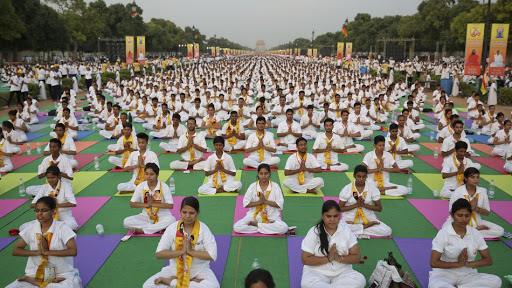Information provided by Ambassador Madam Sripriya Ranganathan of India in Seoul
The following article on Yoga was contributed by Ambassador Madam Sripriya Ranganathan of India in Seoul to The Korea Post media for publication..—Ed.
Question: What is the meaning and significance of Yoga?
Answer: Yoga is an ancient Indian practice for physical, mental and spiritual wellbeing. Strongly rooted in ancient Indian philosophy, it means to ‘unite’ signifying the union of the mind, body and soul to the universe. According to yogic scriptures, the practice of Yoga leads to the union of individual consciousness with the universal consciousness. One who experiences this oneness of existence is said to be in “Yoga” as is termed as a “Yogi” who has attained a state of freedom.
Though Yoga was being practiced in the pre-Vedic period, the great sage Maharishi Patanjali systematized and codified the then existing Yogic practices, its meaning, and its related knowledge through Patanjali's Yoga Sutras.
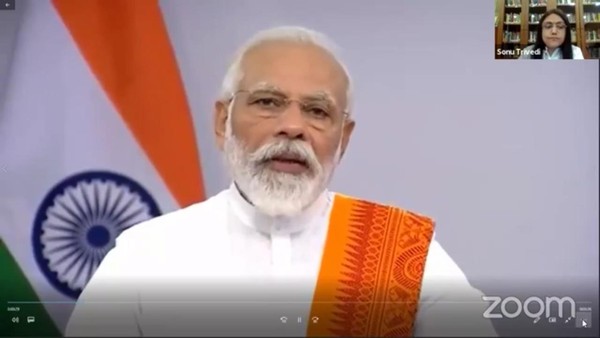
Q: What is the importance of the International Day of Yoga? When was it first Celebrated?
A: International Day of Yoga endeavours to create awareness about the benefits and practice of yoga. In recognition of its universal appeal, the United Nations proclaimed June 21, as the International Day of Yoga in December 2014 and it was added in the UNESCO’s list of “Intangible cultural heritage of humanity” in 2016.
The main significance of the UN declaring International Day of Yoga is to focus the attention of the international community on the Yoga, and to encourage activities among the member states of the United Nations to commemorate the Day.
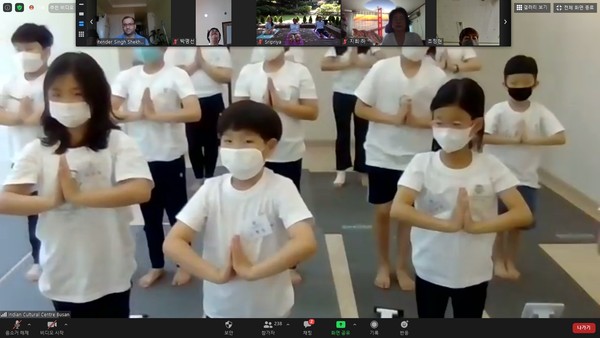
The first-ever World Yoga day was celebrated on June 21, 2015, when the event inaugurated by India. PM Modi won two Guinness World records – for 35,985 people practicing at the one venue and session and another for the maximum number of nationalities participating at the same event.

Q: Why was 21st June chosen as the International Day of Yoga? What was the purpose of celebrating this day?
A: The idea for declaring an International Day of Yoga at the United Nations was formally proposed by the Hon’ble Prime Minister of India, Shri Narendra Modi, in his address to the 69th UNGA on 27 September 2014.
21st June, one of the two solstices, is the longest day in the Northern Hemisphere and has special significance in many parts of the world. This was accordingly proposed for adoption as the International Day of Yoga by the United Nations. During the June Solstice, the North Pole is tilted towards the Sun and this is a better time for meditation.
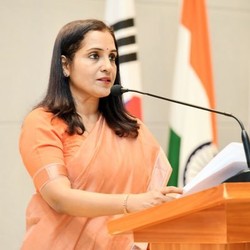
Q: How can a novice practice Yoga?
A: Common Yoga Protocol has been developed to practice Yoga by beginners. It involves various steps from warming up to standing, sitting, prone and supine postures along with breathing exercises, meditation and prayer for peace and well-being. Common Yoga Protocol is an easy and practical means that allows Yoga to influence our life, attitudes and well-being.
Q: How does Yoga help in these unprecedented times of COVID-19 pandemic?
A: As the world is engulfed by the Covid-19 pandemic, Yoga is of even greater relevance. The practice of yoga leads to ‘physical and mental wellbeing’. During these unprecedented times of pandemic, when not only individuals, nations but the whole of humanity is undergoing a shock. ‘Yogic way of life’ can help everyone sail through and stay healthy and happy in a positive state of mind by following “health-building and stress-relieving aspects of Yoga”.
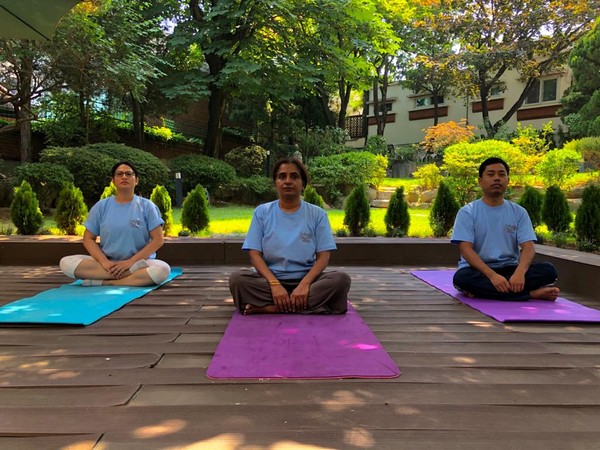
Meditation and breathing exercises (pranayama) helps achieve higher level of immunity and lung strength, making it difficult for the virus to affect the body. Even in the case of coronavirus, people who have been practicing Yoga, meditation and pranayama have experienced a higher level of immunity and lung strength.
Standard practice of Yoga in our everyday life reduces stress and anxiety level among people. It is a combination of mental and biological aspects of our body, putting together physical exercises, breathe control, meditation and relaxation. This helps in reducing the stress level, blood pressure and heart problems.
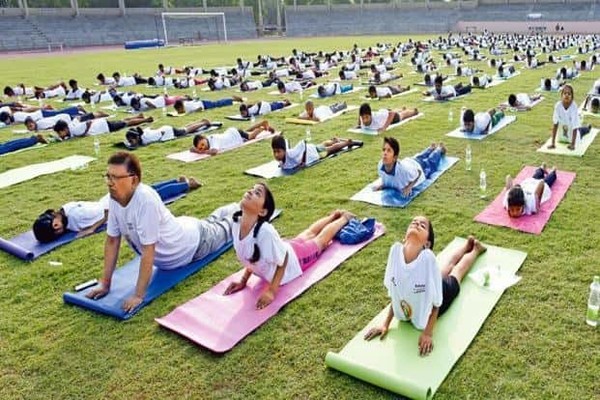
In the human body, Yoga can potentially help us to attain tranquility and union of mind and body. It aids us in managing stress and anxiety, leading to a send of well-being.
